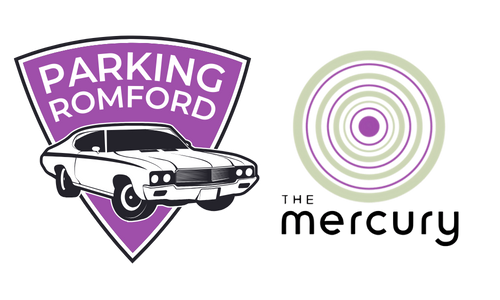Car parks can be made with different surface materials, but gravel and tarmac are the two most common choices. Some car parks, especially in rural or low-traffic areas, use gravel instead of tarmac for cost, drainage, and environmental reasons. While gravel has benefits such as affordability and easy maintenance, it also has downsides, including dust, uneven surfaces, and higher wear and tear. Understanding the pros and cons of gravel vs. tarmac can help car park owners and drivers make informed decisions.
Why Do Some Car Parks Use Gravel Instead of Tarmac?
Some car parks use gravel instead of tarmac due to cost savings, better drainage, and reduced maintenance requirements. Gravel is much cheaper to install than tarmac, making it a preferred choice for temporary or low-budget parking areas. Additionally, gravel allows rainwater to drain naturally, reducing the risk of puddles and water damage. Many eco-conscious developers also prefer gravel as it is a more sustainable option that does not require extensive chemical treatments. Choosing gravel over tarmac often depends on the parking area’s location, usage, and environmental factors.
What Are the Advantages of Gravel Car Parks?
Gravel car parks offer several benefits, including affordability, permeability, and ease of repair. Installing a gravel surface costs significantly less than laying tarmac, which makes it ideal for businesses, rural locations, and overflow parking areas. Since gravel is naturally permeable, it reduces surface water runoff and lowers the risk of flooding. Moreover, maintaining a gravel car park is simple, as potholes or uneven spots can be quickly filled with additional gravel. These advantages make gravel a practical choice for locations where high durability is not a major concern.
What Are the Disadvantages of Gravel Car Parks?
Despite its benefits, gravel car parks have drawbacks, such as maintenance issues, uneven surfaces, and dust problems. Gravel can shift over time, creating ruts and potholes that require regular refilling and grading. In dry conditions, gravel surfaces can generate excessive dust, which may cause visibility issues and make vehicles dirtier. Additionally, loose gravel can be uncomfortable for pedestrians and may cause difficulties for wheelchair users or cyclists. These disadvantages can make gravel less suitable for busy or high-traffic car parks.
How Does Gravel Compare to Tarmac for Long-Term Parking?
Tarmac generally offers more stability and lower maintenance costs for long-term parking than gravel. A tarmac surface provides a smoother and more even parking experience, reducing the risk of vehicle damage from loose stones. Tarmac is also easier to clean and less affected by weather changes, making it a more durable choice for high-traffic areas. However, gravel remains an attractive alternative for locations with minimal daily use, where the cost of tarmac may not be justifiable. Understanding these differences can help businesses and landowners decide which surface material best suits their needs.
Is Gravel More Environmentally Friendly Than Tarmac?
Gravel is often considered more environmentally friendly than tarmac because it allows natural water absorption and reduces heat retention. Unlike tarmac, which contributes to the urban heat island effect by trapping heat, gravel remains cooler and blends better with natural surroundings. Additionally, gravel does not require petroleum-based materials, making it a lower-impact choice for eco-conscious developments. However, gravel maintenance may involve using chemicals to suppress dust or prevent weed growth, which can impact its overall environmental benefits. The choice between gravel and tarmac depends on balancing sustainability with practicality and cost-effectiveness.
When Should You Choose Gravel Over Tarmac?
Gravel is best suited for car parks in rural areas, temporary sites, or locations with minimal vehicle traffic. It is a cost-effective solution for overflow parking areas, event spaces, and properties where drainage is a primary concern. However, for high-traffic car parks or locations requiring accessibility features, tarmac may be the better option. Choosing the right surface material depends on budget, maintenance needs, and the expected number of vehicles using the car park. Ultimately, gravel and tarmac have their place in different parking environments, and understanding their pros and cons can help make an informed decision.

Leave a Reply